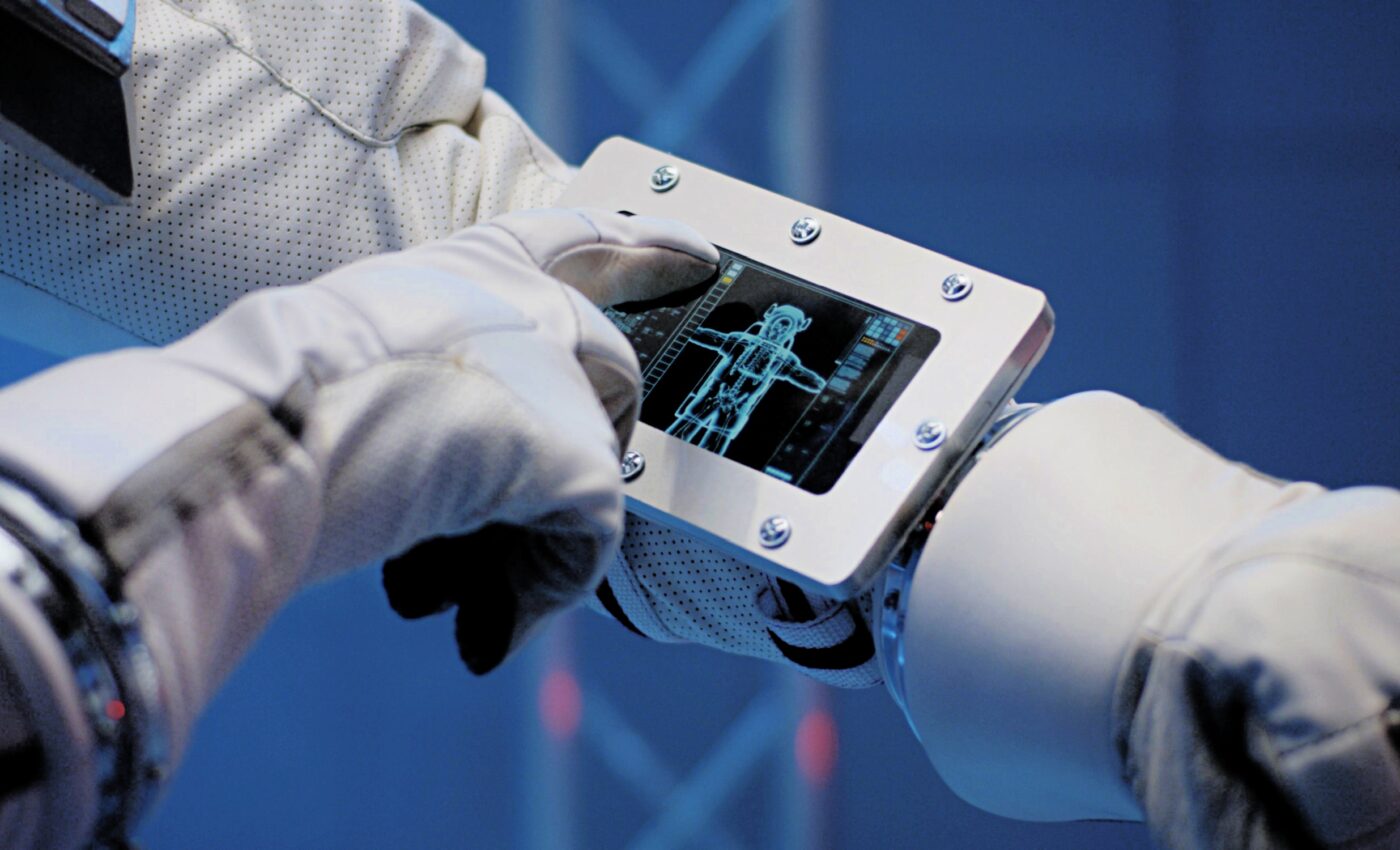
New device helps astronauts maintain their muscles in microgravity
Have you ever wondered how astronauts keep their muscles in peak condition, even as they float around in zero-gravity? Well, now there’s a way to find out in real-time using MyotonPRO.
An international team of researchers, including the University of Southampton and led by Charité University in Berlin, has successfully used the simple handheld device to monitor astronauts’ muscles during spaceflight.
This technology also opens new doors for tracking muscle conditions right here on Earth.
Working out in microgravity
In space, under conditions of microgravity, our bodies don’t get the same workout as they do with Earth’s gravity constantly pulling on us. Without that regular resistance, muscles start to shrink and bones can lose density.
Astronauts can experience a shocking 20% decrease in muscle mass in just a month. To keep their bodies strong, astronauts aboard the International Space Station (ISS) follow dedicated exercise routines typically lasting around two hours a day.
However, until recently, there was no way to precisely track how effective these workouts were for individual muscles during the mission itself.
A muscle-monitoring marvel
The MyotonPRO device is a pocket-sized powerhouse of muscle analysis. It works by sending a gentle mechanical impulse into muscle tissue and measuring how the muscle responds. From this, the device can tell scientists a whole range of information:
- Stiffness: Muscles need the right stiffness level to support movement and prevent injury.
- Tone: This refers to the muscle’s readiness to work.
- Elasticity: How well a muscle can stretch and return to its original shape.
Researchers had twelve ISS astronauts use the MyotonPRO on specific parts of their bodies throughout their missions – before the flight, during their stays of 4-11 months, and up to three months after returning.
MyotonPRO space muscle verdict
The results paint a mixed picture. Astronauts’ exercise programs seem to do a great job of maintaining muscle stiffness – an indicator of strength – in most parts of the body like the shoulders, neck, back, and thighs. However, the lower leg caused concern.
The tibialis anterior, a muscle along your shin that lifts your foot, showed weakness in all the astronauts despite their workouts.
Some of the calf muscles, essential partners to the tibialis anterior for walking and balance, also showed signs of deteriorating.
The worry? This weakness could make astronauts more prone to injury when readjusting to gravity after their spaceflight.
MyotonPRO significance
“Being able to perform inflight muscle health checks will allow the astronauts to see which muscles are losing strength and adjust their exercise program accordingly,” explained Professor Maria Stokes, UK lead of the project.
Individualized exercise routines are especially important as we look towards longer missions to places like the Moon and Mars.
Healthcare revolution on the horizon
“The MyotonPRO technology and the assessment protocol used in space could also bring about a step-change in healthcare back on Earth,” said Professor Maria Stokes OBE, UK lead of the project from the University of Southampton.
Imagine a world where patients with conditions like Parkinson’s Disease, stroke, or those recovering from severe injuries can easily track muscle changes between doctor appointments. That’s the potential of the MyotonPRO.
Instead of relying on subjective reports, both patients and doctors can have precise, real-time information on muscle health to fine-tune treatment plans.
“Widespread uptake could revolutionize healthcare in neuro-musculoskeletal, critical care and geriatric medicine, rehabilitation, and precision medicine,” added Dr. Martin Warner, co-senior author of the research paper.
Future directions
This study is just the beginning. More research can lead to tailored exercise plans for astronauts that keep those lower leg muscles strong.
With time, the use of portable muscle monitoring devices may become routine for astronauts and those of us on Earth.
After all, whether in space or at home, everyone deserves a healthy, strong body!
The study is published in Scientific Reports.
—–
Like what you read? Subscribe to our newsletter for engaging articles, exclusive content, and the latest updates.
Check us out on EarthSnap, a free app brought to you by Eric Ralls and Earth.com.
—–













